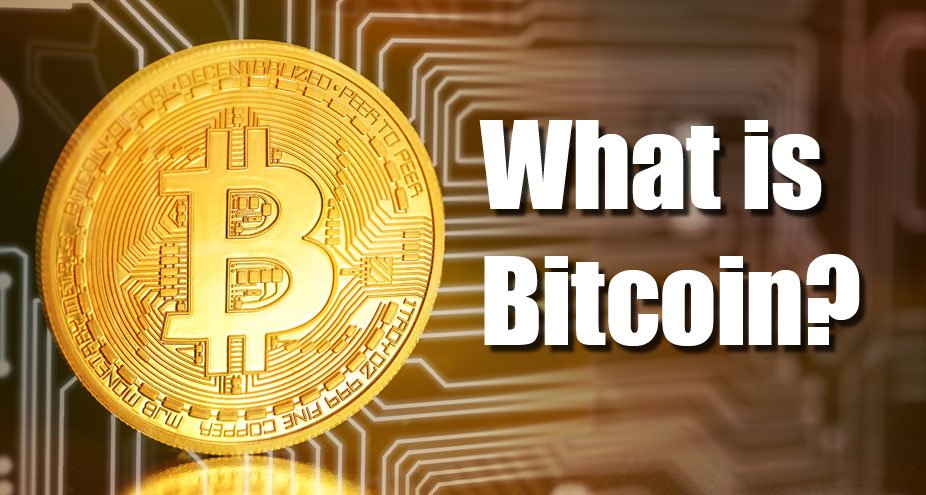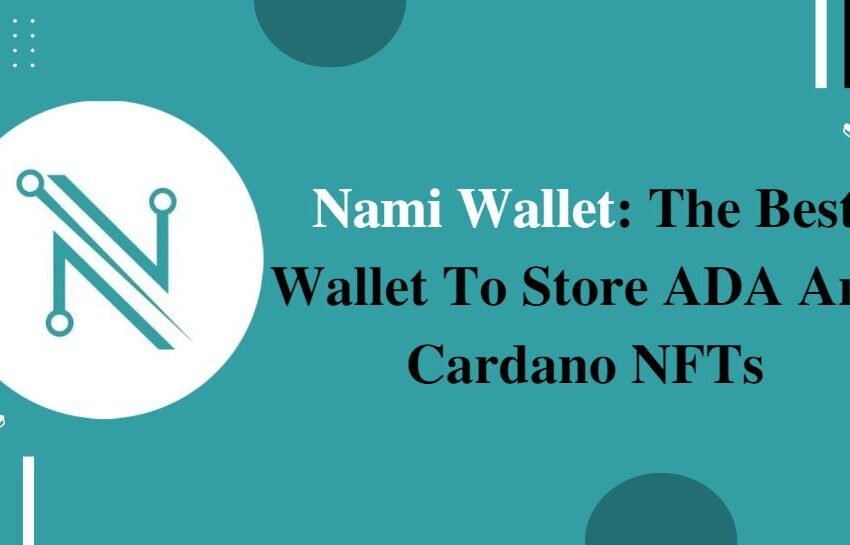What is Bitcoin and Who Invented It?
Bitcoin is a peer-to-peer cryptocurrency used for paying for transactions and has these transactions recorded on a decentralized ledger called the blockchain.

Quick Takes
In this piece, you will learn
- What is Bitcoin?
- The origin of bitcoin creation
- Who invented it?
- What can you do with bitcoin?
- How do you store it?
Let’s dive in.
What is Bitcoin?
How can anybody make a payment for goods and services by transferring currency to another party without passing through a middleman such as banks?
This question was unsolvable until 2010 when the world saw its first decentralized transaction using cryptocurrency. Cryptocurrency industry celebrates the Bitcoin Pizza Day because of the famous Bitcoin – Pizza purchase in May of 2010. Satoshi laid the foundation for this epochal achievement a year earlier after the distributed network went live in 2009. This gave birth to a new digital asset class called Bitcoin.
Bitcoin is a peer-to-peer cryptocurrency used for paying for transactions and has these transactions recorded on a decentralized ledger called the blockchain.
“Did you know that the first bitcoin transaction was the famous Laszlo Hanyecz, aka ‘Bitcoin Pizza Guy’, bought two Papa John’s pizzas (worth $30) for 10,000 BTC.”
How Does it Work?
It’s the first digital asset to use peer-to-peer technology to facilitate instant payments. An interconnected network (nodes) of independent individuals and companies process the confirmation of transactions and creation of new bitcoins in the process which are used is called mining rewards. The process of transaction confirmation is called mining.
Miners are the backbone of the bitcoin network as their activities and computing powers helps in securing the integrity of the network. New bitcoin is released to the miners at a fixed, but periodically declining rate called bitcoin halving until the total supply of 21 million bitcoins is reached. Mining requires the solving of difficult maths puzzles to discover a new block which is then added to the blockchain. A variety of hardware can be used to mine the cryptocurrency but some yield higher rewards than others. Certain computer chips called Application-Specific Integrated Circuits (ASIC) and more advanced processing units like Graphic Processing Units (GPUs) can achieve more rewards. These elaborate mining processors are known as “mining rigs.”
One bitcoin is divisible to eight decimal places (100 millionths of one bitcoin), and this smallest unit is referred to as a Satoshi. If necessary, and if the participating miners accept the change, it could eventually be made divisible to even more decimal places.
“Did you know miner’s reward for creating new blocks on the bitcoin network reduces every four years? This process is called Halving.”
Who Invented It?
A pseudonymous entity called Satoshi Nakamoto invented bitcoin. Who he is or whether he or she is just one person or a group of persons is still a question that has not been answered. But one may argue that the Cypherpunk movement during the nineties influenced Satoshi. These were strong advocates of online privacy and cryptography as regards the way people interacted with each other. Satoshi had a mailing list one of such was to Dustin Trammell where he said
…after more than a decade of failed Trusted Third Party based systems (Digicash, etc), they see it as a lost cause. I hope they can make the distinction, that this is the first time I know of that we’re trying a non-trust based system. — Satoshi Nakamoto in an E-Mail to Dustin Trammell
The Bitcoin network went live on the 12th of January 2009, a few months after Satoshi Nakamoto released a whitepaper titled “Bitcoin: A Peer-to-Peer Electronic Cash System”. Hal Finney, a software programmer who downloaded the software needed to run it received 10 bitcoin making it the first-ever bitcoin transaction.
Satoshi Nakamoto and a few others continued mining bitcoin on the network until he mysteriously disappeared handing over control to another programmer called Gavin Andresen.
How do you get Bitcoin?
There are several ways to get bitcoin. One already is mining. However, you also can get it by buying it from cryptocurrency exchanges with fiat or trading other cryptocurrencies called altcoins for it through these exchanges. Many cryptocurrency projects also offer to pay in bitcoins for performing tasks assigned to specific audiences. Users can also receive it as payment for transitions e.g paying for a cup of coffee with bitcoins.
How do you store it?
Holders of this cryptocurrency store it in a wallet. A wallet keeps a secret piece of data called a private key or seed, which is used to sign transactions. This provides a mathematical proof that such transaction(s) comes from the wallet’s owner. In order to buy and sell it, you will need these keys (private and a public key). A public key is what users can expose and share with others. Users must keep private keys secret at all times. This is because it what cryptocurrency users need to sign the trade transaction between parties.
“Did you know without your wallet’s private keys, you would not be able to sign transactions such as trading your bitcoins from your wallet?”
Bitcoin Now and the Future
The cryptocurrency has proven to be more than just an experimental success. It has become not just the exclusive reserve for computer scientists but also for conventional merchants who may have the need to receive payment for his goods and services in bitcoins. But just like every other technology and their downsides, bitcoin has its shortfall which includes high transaction fees and low confirmation time whenever the network experiences congestion. Solutions like Lightning Network is in a frantic race to solve this issue.
While it continues to gain mainstream acceptance as a means of payment, it has recently been dubbed “digital gold”. A lot of people in the cryptocurrency economy are in it for speculative reasons basically due to the volatile nature of cryptocurrencies. Users tout it to become the latest store of value as its dollar value continues to increase year on year.




